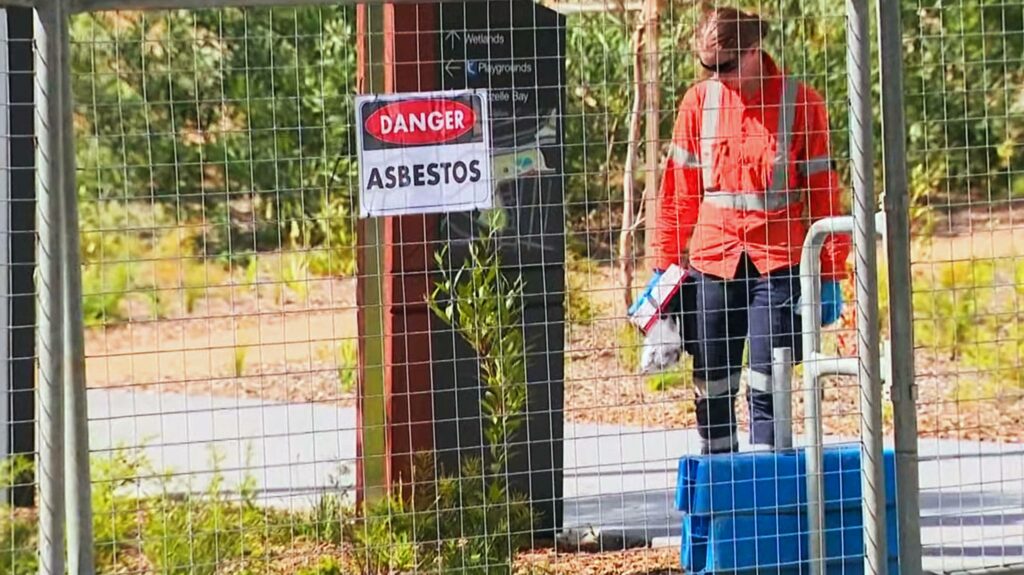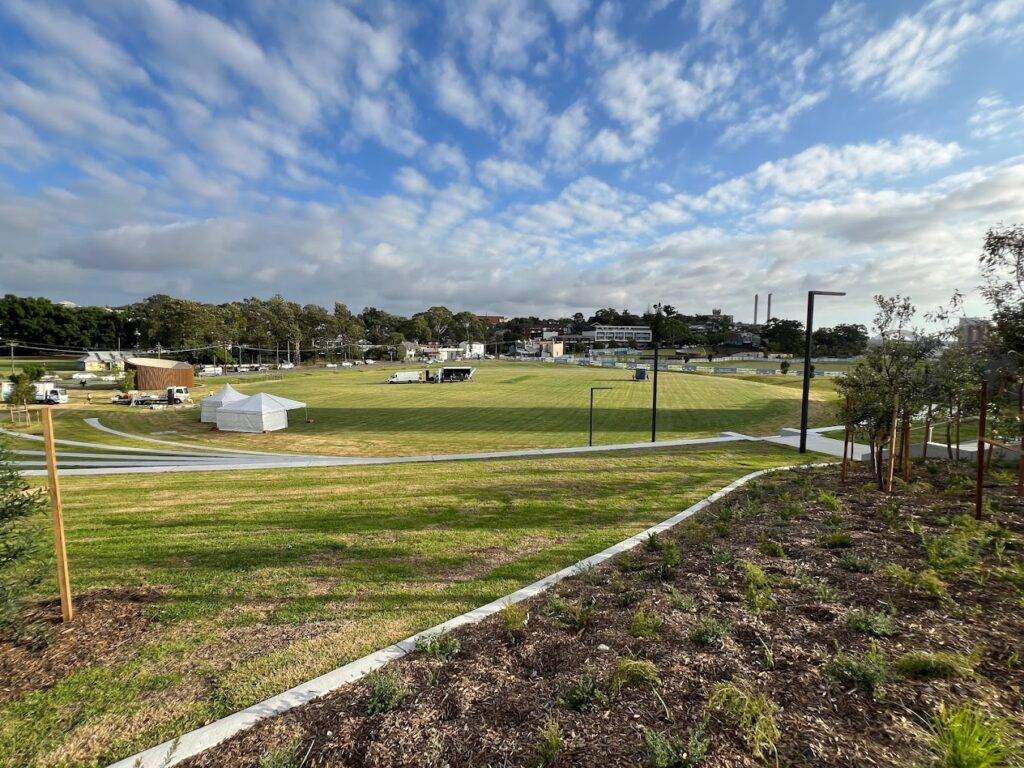A Shadow in the Garden: The Looming Threat of Asbestos in Mulch and Beyond

Imagine children’s laughter echoing through sun-drenched parks, families sharing picnics under verdant trees. This idyllic picture, once a staple of Australian life, has been shattered by the chilling discovery of asbestos-contaminated mulch across New South Wales, particularly in Sydney. This isn’t just an isolated incident; it’s a stark and terrifying reminder of the pervasive legacy of asbestos and the urgent need for comprehensive action. Asbestos this time asbestos in mulch has once again emerged as a pressing concern in New South Wales and its surrounding areas, with recent discoveries of asbestos traces in mulch used in schools, playgrounds, hospitals, and public spaces. This alarming revelation underscores the urgent need for proactive measures to safeguard public health and prevent further exposure to this hazardous material.
The initial detection at Rozelle Parklands in January 2024 was a wake-up call, quickly followed by a cascade of positive tests at schools, hospitals, and public spaces. As of February 23rd, 2024, a staggering 54 sites have been confirmed contaminated, with the presence of friable asbestos (the most dangerous form) raising further alarm.

The discovery of asbestos-contaminated mulch in various public settings has sparked fears and raised questions about the extent of the contamination and the potential risks posed to individuals, especially children. The situation has been described as just the tip of a lethal iceberg, highlighting the broader issue of asbestos presence in Australia’s built environment and the lack of coordinated efforts to address it effectively. This crisis extends far beyond playgrounds. An estimated 6.4 million tonnes of asbestos lurk within Australia’s built environment, silently waiting to be disturbed. Homes, particularly those built before the 1980s, are prime suspects, harbouring asbestos in eaves, flooring, ceilings, and even fences.
The fear doesn’t stop there. Hundreds, if not thousands, of schools still grapple with asbestos-laden infrastructure. The idyllic vision of children playing carefree now carries the chilling possibility of exposure to a silent killer.
But fear shouldn’t paralyze us. It’s time to act, and the first step lies in vigilance. We must become detectives in our own backyards, scrutinizing not just public spaces but also our own cherished gardens.
Mulch: The Trojan Horse in Your Garden
Mulch, often seen as a symbol of vibrant gardens and healthy soil, has morphed into a potential source of danger. The recent crisis has exposed a disturbing reality: recycled mulch can harbour asbestos contaminants, unknowingly introducing them into our havens.
With an estimated one in three Australian houses containing asbestos, the issue transcends public spaces and extends to residential properties. Asbestos can be found in various parts of homes, including eaves, floors, switchboards, ceilings, garage walls, and fences. The widespread presence of asbestos underscores the need for proactive measures to identify and address potential hazards in residential settings. So, what can you do? The answer is simple: get your mulch tested. Contacting a reputable asbestos testing company like EnviroForce is the first crucial step. Their expertise will provide peace of mind or, if necessary, initiate safe removal procedures. You can easily book an asbestos test by completing this online booking form.
Beyond the Garden: A Call for National Action
The current crisis is a symptom of a much larger problem. Australia’s unregulated asbestos disposal practices have left a toxic legacy that demands comprehensive solutions. We need a national strategy that addresses the following key areas:
-
Incentives for Safe Disposal: Currently, disposing of asbestos safely is often cost-prohibitive for individuals and contractors. Government-backed incentives can encourage responsible disposal, preventing future contamination risks.
-
Public Awareness Campaigns: Educating the public about the dangers of asbestos and the importance of safe handling is crucial. Targeted campaigns can empower individuals to make informed decisions and protect themselves and their loved ones.
-
Infrastructure Audit and Remediation: A comprehensive audit of public and private infrastructure is essential to identify and address asbestos risks. Prioritizing the remediation of schools, hospitals, and other high-priority buildings should be paramount.
-
Research and Development: Investing in research to develop innovative and cost-effective asbestos detection and removal technologies can significantly improve our ability to manage this ongoing threat.
A Collective Responsibility
The asbestos crisis is not just a government problem; it’s a collective responsibility. Individuals, businesses, and policymakers must work together to create a safer future. Do remember that an asbestos register is a legal obligation for all workplaces in Australia that were built prior to 2004. By taking proactive steps like testing our mulch, demanding stricter regulations, and supporting research initiatives, we can turn this crisis into a catalyst for positive change. Asbestos-containing materials can be present in various areas throughout the home, including but not limited to:
- Roofing and gutters
- Garden Mulch
- Gables and eaves
- Downpipes
- Walls and ceilings
- Vinyl, carpet, and tile underlay
- Lining behind wall tiles
- Imitation brick cladding
- Fencing
- Splashbacks in wet areas
- Electrical meter backing boards
- Telecommunications pits
- Window putty
- Expansion joints
- Packing under beams
- Concrete formwork
- Outbuildings
Let’s not let the shadow of asbestos cast a permanent gloom over our gardens, our schools, or our communities. It’s time to act with vigilance, demand action, and build a future free from this silent threat.
EnviroForce offers comprehensive testing solutions for asbestos and other illicit contamination in garden mulch and other environmental settings. By leveraging their expertise and cutting-edge technology, EnviroForce helps individuals and communities identify and mitigate potential risks associated with asbestos exposure.
Remember:
- Contact EnviroForce today to get your mulch tested for asbestos.
- Share this information with your friends, family, and community.
- Demand action from your elected officials.
- Support research and development efforts.
Together, we can turn this crisis into a turning point, ensuring a safer future for all.
